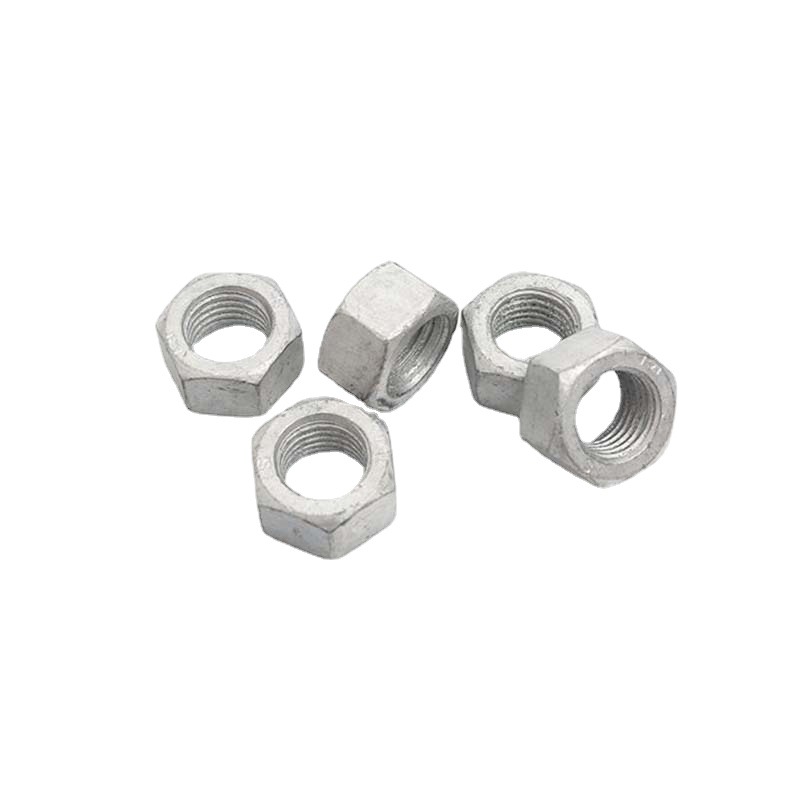

Stud Bolt Performance Assessment Using pH Metrics for Corrosion Resistance Analysis
Nov . 26, 2024 07:23 Back to list
Stud Bolt Performance Assessment Using pH Metrics for Corrosion Resistance Analysis
Understanding pH Metric Study in Bolt Materials
The pH metric study of bolts, particularly in industries where corrosion resistance and material integrity are crucial, has garnered significant attention. Bolts are fundamental components used to fasten structures and machinery, and their performance can be adversely affected by various environmental factors, including pH levels of the surrounding environment. This article delves into the importance of pH metrics in studying bolt materials, the implications of pH on corrosion, and how this knowledge can guide manufacturing and maintenance practices.
The Importance of pH in Corrosion Science
Corrosion is a natural process that deteriorates metal, leading to potential failures in mechanical structures. One of the primary factors influencing corrosion rates is the pH of the environment. A pH scale ranges from 0 to 14, where a pH of 7 is considered neutral. Environments with a pH lower than 7 are acidic, while those above 7 are basic or alkaline.
Acidic environments (low pH) can accelerate the corrosion of metallic materials, including bolts. For instance, bolts used in marine environments, which often have lower pH levels due to saltwater and biological activity, are at a higher risk for corrosion. Conversely, basic environments can also impact certain types of steel, particularly if they contain specific alloying elements that react adversely to high pH levels.
pH Metric Study in Bolt Materials
Conducting a pH metric study involves assessing how different pH levels affect the corrosion resistance of various bolt materials. Common materials for bolts include carbon steel, stainless steel, and alloys like Inconel and titanium. Each of these materials responds differently depending on the pH of the surrounding environment.
1. Carbon Steel Bolts Typically, carbon steel bolts are subject to rusting in acidic conditions. Their corrosion resistance can be greatly affected by low pH levels, making them unsuitable for highly acidic environments without protective coatings.
2. Stainless Steel Bolts Stainless steels, particularly those with high chromium content, have superior corrosion resistance. However, they can suffer from chloride-induced stress corrosion cracking in saline environments where the pH may fluctuate. Understanding the specific pH levels that may pose risks to stainless steel is vital for ensuring structural integrity.
ph metric stud bolt

3. Alloy Bolts Higher-end alloys like Inconel and titanium are designed to withstand extreme conditions, including varying pH levels. However, even these materials can face challenges under specific pH conditions, making pH metric studies essential for their application in critical environments such as chemical processing or aerospace.
Implications for Manufacturing and Maintenance
The implications of pH metric studies extend to both the manufacturing and maintenance phases of bolts in various applications.
1. Material Selection Understanding how different materials perform under various pH levels allows engineers to select the most appropriate bolts for specific applications. This knowledge minimizes the risk of failure due to corrosion, enhancing safety and efficiency in operations.
2. Coating and Treatments For environments with low pH, applying protective coatings or using galvanization processes can significantly enhance the longevity of bolts. Advances in surface treatments also provide additional strategies to combat corrosion.
3. Monitoring and Maintenance Regular monitoring of pH levels in environments where bolts are used can help in predicting potential corrosion issues. Maintenance schedules can be aligned with these measurements, ensuring that bolting systems are inspected and replaced proactively.
4. Standardization and Regulations Industry standards and regulations can be developed based on pH metric studies to ensure that bolts manufactured for specific applications meet the necessary corrosion resistance criteria.
Conclusion
The study of pH metrics related to bolt materials is a critical aspect of engineering and materials science. With the potential for significant impacts on safety, reliability, and operational efficiency, understanding the interplay between pH levels and corrosion rates is essential. By leveraging this knowledge, industries can enhance their material selection, manufacturing processes, and maintenance practices, ensuring the longevity and performance of their critical components. As environmental regulations and expectations continue to evolve, the importance of pH metric studies in the development and application of bolt materials will only grow, illustrating the intersection of science, engineering, and practical application in safeguarding structural integrity.
Latest news
-
High-Strength Hot Dip Galvanized Bolts - Hebei Longze | Corrosion Resistance, Customization
NewsJul.30,2025
-
Hot Dip Galvanized Bolts-Hebei Longze|Corrosion Resistance&High Strength
NewsJul.30,2025
-
High-Strength Hot-Dip Galvanized Bolts-Hebei Longze|Corrosion Resistance&High Strength
NewsJul.30,2025
-
Hot Dip Galvanized Bolts-Hebei Longze|Corrosion Resistance&High Strength
NewsJul.30,2025
-
Hot Dip Galvanized Bolts - Hebei Longze | Corrosion Resistance, High Strength
NewsJul.30,2025
-
High-Strength Hot Dip Galvanized Bolts-Hebei Longze|Corrosion Resistance, Grade 8.8
NewsJul.30,2025

